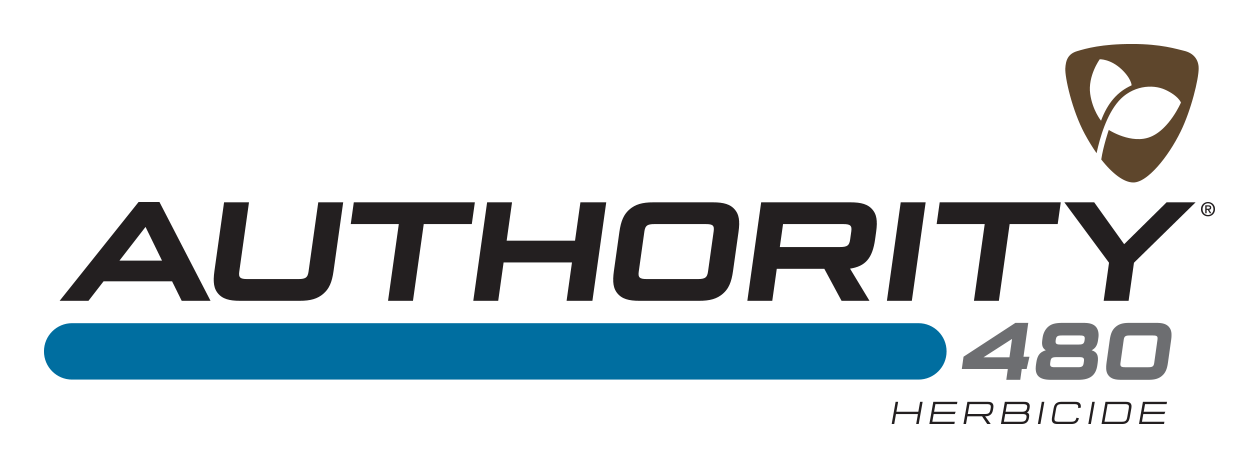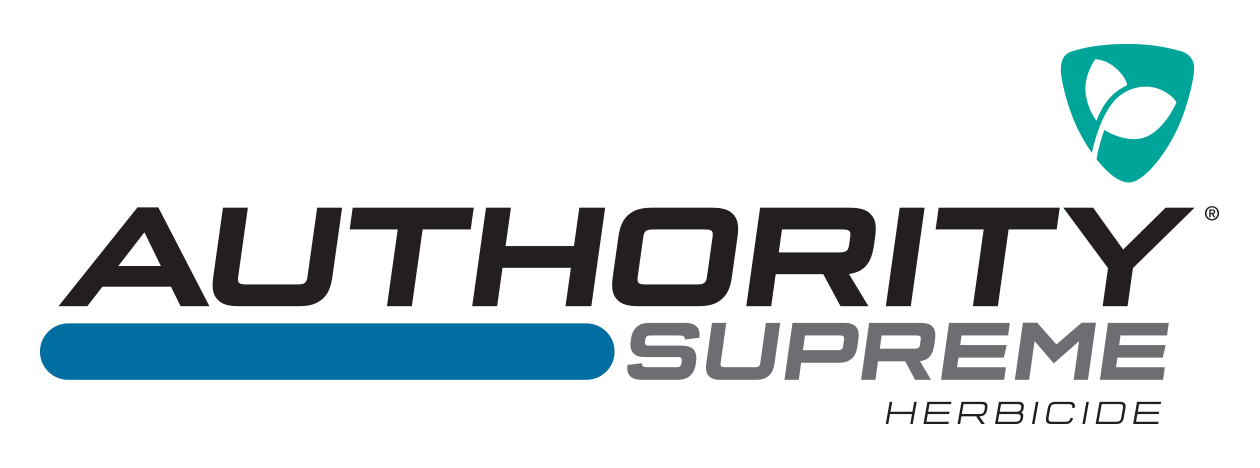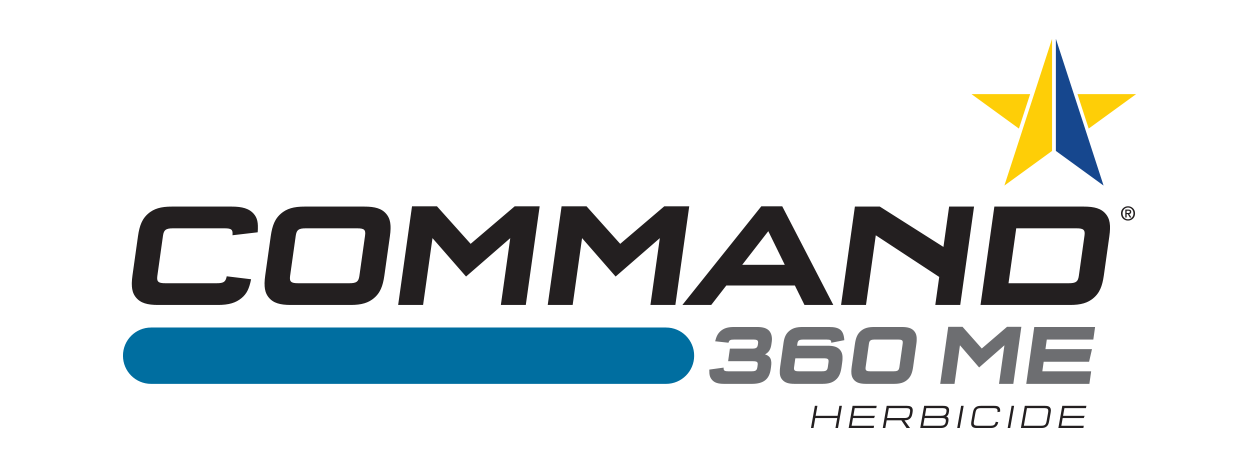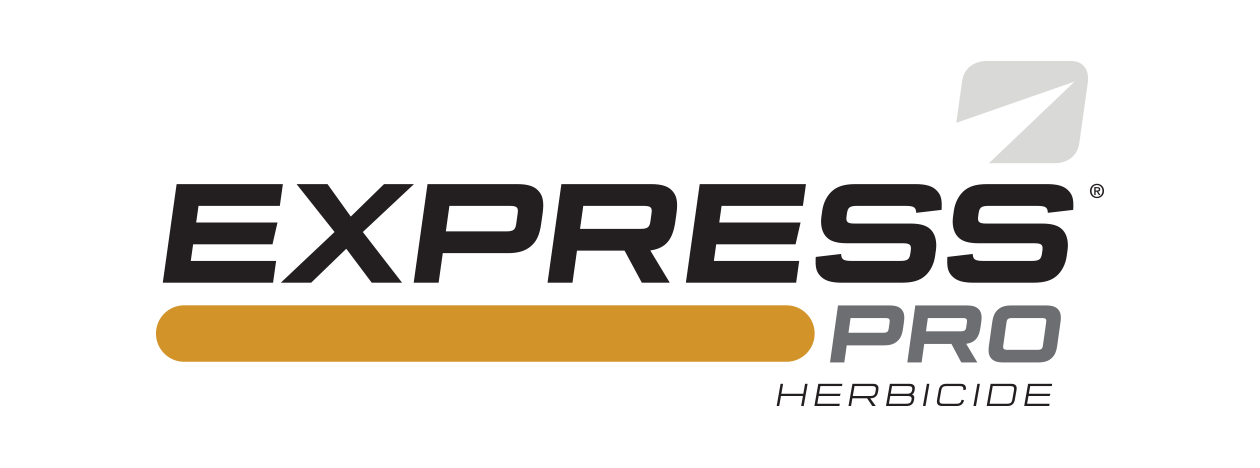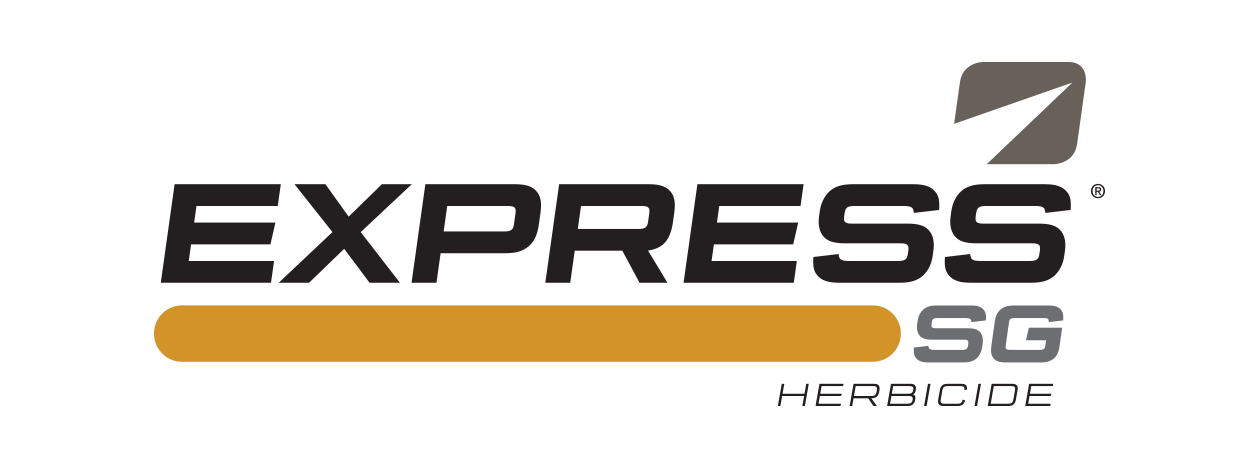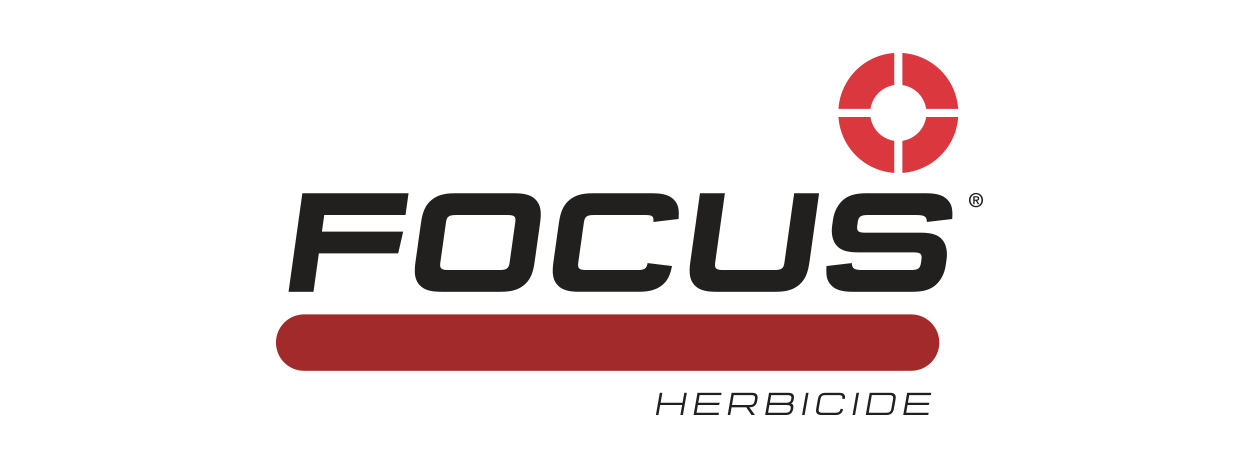Multiple modes of action take glyphosate to the next level
Prairie farmers depend on glyphosate for pre-seed, in-crop (for glyphosate-tolerant crops), chemfallow and post-harvest herbicide applications.
Recent years, however, have seen an increase in documented cases of weed resistance, where glyphosate resistance has unfortunately come to the forefront. What can growers do?
Understand why resistance occurs
One may ask, how does herbicide resistance occur and what is it exactly? Well, it is “the inherited ability of a plant to survive and reproduce following exposure to a dose of herbicide that would normally be lethal to the wild plant.” So ultimately, resistance occurs with the repeated use of the same herbicide application, or herbicide tank mix applications with similar modes of action on a weed population. The A herbicide may kill all the weeds in a population of a particular weed species except for a few individuals with the genetic capacity to survive the herbicide. These resistant weeds ultimately survive, set seed, increase in population to the point where they begin to dominate the seed bank population. Faced with glyphosate-tolerant volunteers and hard-to-kill weeds not controlled by glyphosate alone, growers have found that adding in another mode of action to the tank helps control these weeds. This is also an added benefit to helping to manage the onset of resistance.
Crop rotation and complementary weed control
Crop rotation along with higher seeding rates, planting clean seed, mowing out suspected resistant weed patches before they go to seed and using herbicide tank mixes and layering options according to label directions, will go a long way to gain an edge in managing herbicide- resistant weeds.
Multiple modes of action
Herbicides are categorized into several groups, based on how they target a weed. For example, Sulfonylurea (Group 2) herbicides control weeds by inhibiting an enzyme essential to their growth.
“If at all possible, producers should use mixtures of herbicides that use multiple modes of action in the seeding year,” says Ken Sapsford, University of Saskatchewan. “It’s one further step to help stop resistance from developing.”
Add multiple modes of action to reduce the development of herbicide-resistant weeds
By adding other herbicide groups to the tank, you can significantly reduce or delay the development of herbicide-resistant weeds.
Tank-mixing multiple modes of action is widely considered to be an important tool to help delay herbicide resistance. Adding an effective herbicide from a different group reduces the selection pressure for glyphosate-resistant weeds. Choose a tank-mix partner that provides overlapping effective weed control and that will also control other problem weeds like volunteer glyphosate-tolerant canola.
Tank mixed with glyphosate, Focus® herbicide offers a complete solution -- both burnoff (Group 14) and extended weed control (Group 15) -- making it the perfect choice to launch a weed-free spring.
Authority® 480 herbicide is another way to add a different mode of action to your pre-seed application. Tank-mix Authority® 480 herbicide (Group 14) with glyphosate to get extended control of tough broadleaf weeds.
Both Focus® herbicide and Authority® 480 herbicide introduce different multiple modes of action beyond just glyphosate to the pre-seed application.
Introduce new modes of action for extended weed control and resistance management
You need different modes of action in your herbicide program if you want to manage herbicide resistance. Relying on active ingredients from one or a limited number of herbicide groups is risky. If you’re using glyphosate (Group 9) over and over again without tank-mixing a herbicide from another group, you are increasing selection pressure for glyphosate resistant weeds to develop in the future.
FMC has products across a number of modes of action, allowing you to manage weed resistance while maintaining excellent weed control.
|
Type of Control |
Group 2 |
Group 4 |
Group 9 |
Group 13 |
Group 14 |
Group 15 |
|
|
Aim® EC herbicide If applied without glyphosate, consult label for adjuvant use requirements. |
Burnoff |
|
|
Can be applied with or without glyphosate |
|
X |
|
|
Authority® 480 herbicide |
Extended |
|
|
Can be applied with or without glyphosate |
|
X |
|
|
Authority® Supreme herbicide |
Extended |
|
|
Can be applied with or without glyphosate |
|
X |
X |
|
Command® 360 herbicide |
Extended |
|
|
Can be applied with or without glyphosate |
X |
|
|
|
Command® Charge herbicide If applied without glyphosate, consult label for adjuvant use requirements |
Complete |
|
|
Can be applied with or without glyphosate |
X |
X |
|
|
Express® FX herbicide |
Burnoff |
X |
X |
Must be applied with glyphosate |
|
|
|
|
Express® PRO herbicides |
Burnoff |
X |
|
Must be applied with glyphosate |
|
|
|
|
Express® SG herbicide |
Burnoff |
X |
|
Must be applied with glyphosate |
|
|
|
|
Focus® herbicide If applied without glyphosate, consult label for adjuvant use requirements |
Complete |
|
|
Can be applied with or without glyphosate |
|
X |
X |
|
Intruvix™ herbicide (must be applied with glyphosate) |
Burnoff |
X |
X |
Must be applied with glyphosate |
|
X |
|


